Are you sure that the diamond on your ring is genuine? Here are 5 tricks to find out if (probably) your diamond is genuine ♦
A classic case: you want to know if the diamond on your grandmother’s engagement ring, which you inherited, is true or false. Or you are curious to know the truth about the diamond that they just gave you (on a beautiful ring), but about which you have doubts: what if it were an imitation? Or, finally, you just want to get rid of a brilliant ring that you have hardly ever worn, because you need to make some money. Yeah, but will that diamond really be real?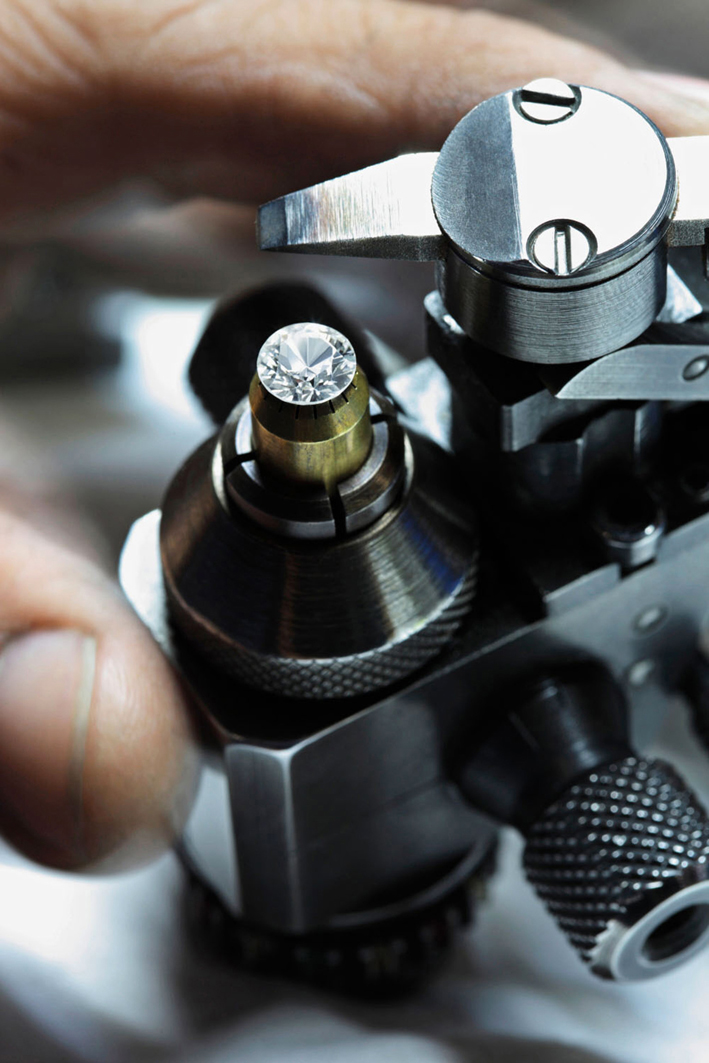
Let’s face it right away: to find out with absolute certainty you must contact a gemologist or a gemmology laboratory. Only a qualified professional can give you the guarantee that your diamond is authentic. Of course, if you also have a certificate of guarantee on the stone together with the diamond ring, you don’t need anything else.
But, if you are in a hurry, you can immediately get an idea of the authenticity of your diamond with a few simple tests at home. We repeat: they are not 100 percent safe tests, of course, but they can suggest valid indications to find out if you are holding a piece of glass or plastic instead of an authentic diamond. We might as well try, right? The result may surprise you.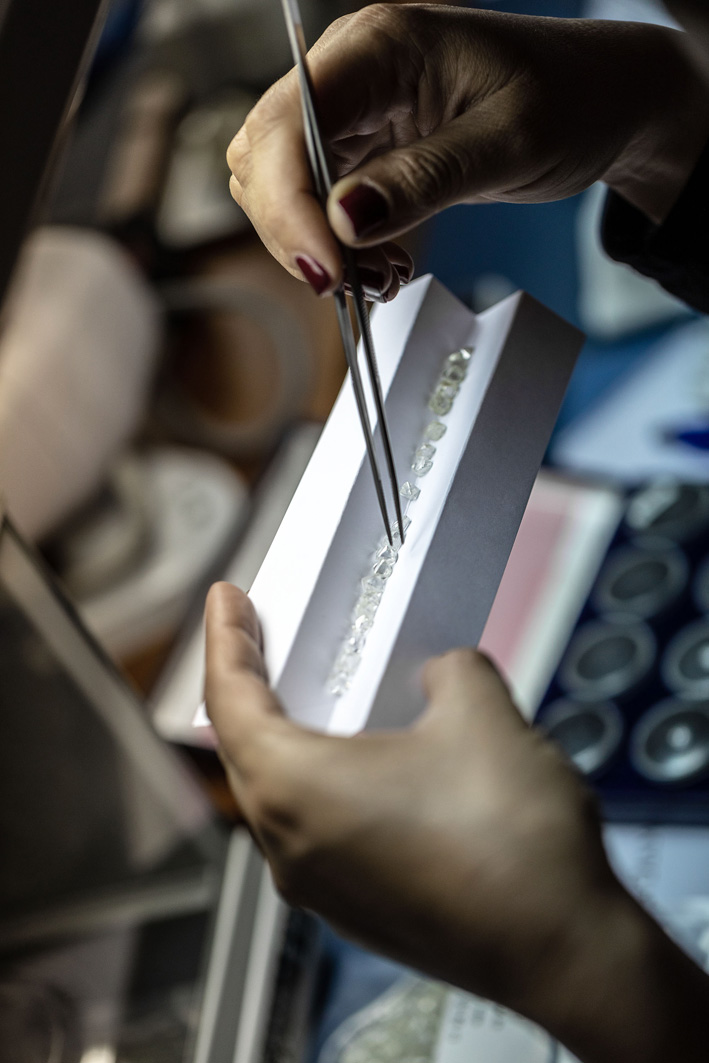
One final caveat: these tests will not tell you if the diamond is natural or lab created. Synthetic diamonds, which are increasingly popular, in fact, have a chemical composition that is completely identical to natural ones. To distinguish artificially created diamonds, very expensive equipment and accurate laboratory tests are required. In any case, synthetic diamonds have only been on the market massively for a few years, so it’s not that likely that you have one. A home test, however, could indicate whether your diamond is actually a glass crystal.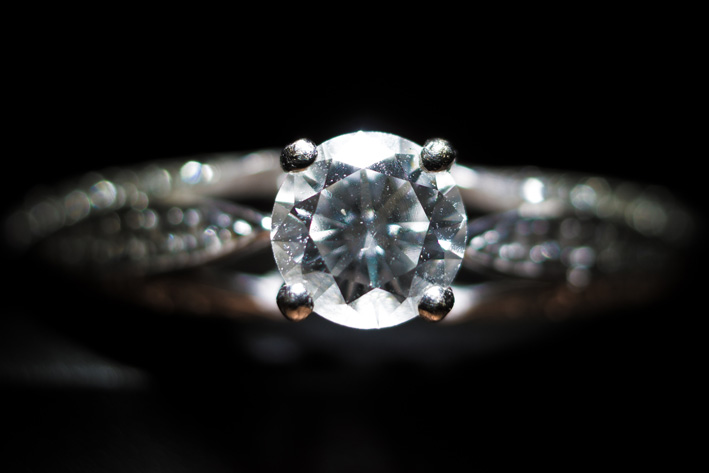
Test number 1: magnifying glass
Bring a large magnifying glass or a pair of glasses with thick enough glasses. Or failing that, your child’s toy microscope. Look carefully at the inside of the stone. A real diamond very easily has very small inclusions, tiny imperfections that are micro traces of carbon or other minerals that have remained imprisoned in the gem. In this case, it’s a good clue: the diamond should be real. The fake gems, in fact, do not have any inclusion. Of course, if the diamond is of the highest quality it should still be free of imperfections, but in this case it will certainly have been paid a lot and should have a certificate that, for example, indicates purity. Any inclusions, and more generally imperfections, are therefore a good sign of the authenticity of a diamond.
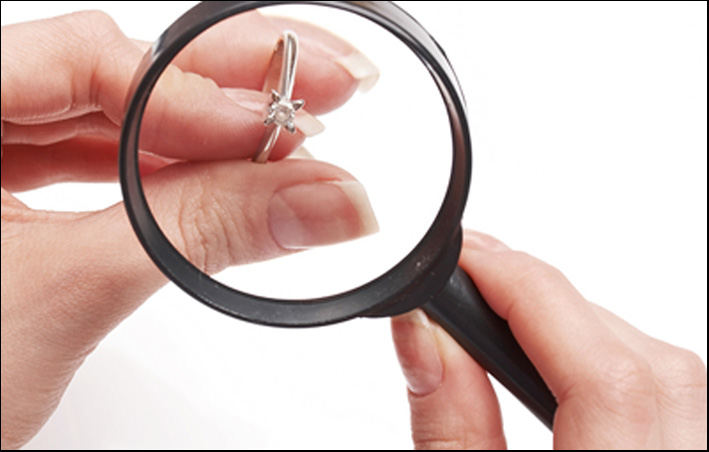
Test number 2: breath test
Gently blow on the diamond, as you do to mist the lens of your glasses before cleaning them. Diamonds cannot retain heat: the water vapor on a real stone is immediately dispersed. On a (synthetic) zircon, however, it lasts longer. This system also works with synthetic stones called moissanite. Of course, it also depends on the surface of the diamond: it must be sufficient to allow observation. The greatest difficulty with this rudimentary method, however, is that you need to have another diamond available in order to make the comparison.
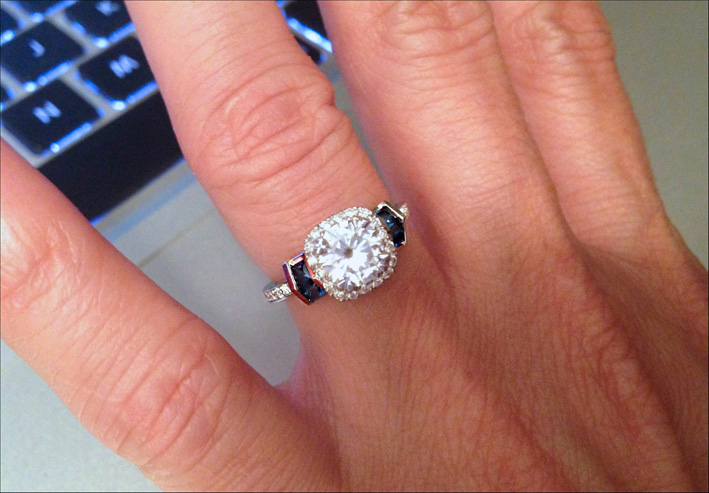
Test number 3: under glass
If the diamond is mounted on a ring and protrudes a little, for example a solitaire, you can try using it to scratch a glass. You have to pass an edge of the stone on the surface of the glass and observe if it leaves a thin line engraved. Attention, however: even if diamond is the most resistant material, it does not mean that it cannot chip: to perform this test you must be very careful. In any case, if the stone does not leave even a scratch on the glass, it is more likely to be fake. However, there are some synthetic diamonds that can scratch the glass.
Test number 4: read the newspaper
If your diamond is of a suitable size (i.e. it is not microscopic) and is not mounted on a piece of jewelry, try placing it on a printed sheet of paper. A real diamond refracts the light and therefore does not allow the letters to be seen through it. On the contrary, for example, a zircon (cubic zirconia, a synthetic stone) has the effect of a moderate lens: you will see the printed letters enlarged. The magnifying effect also occurs with crystals.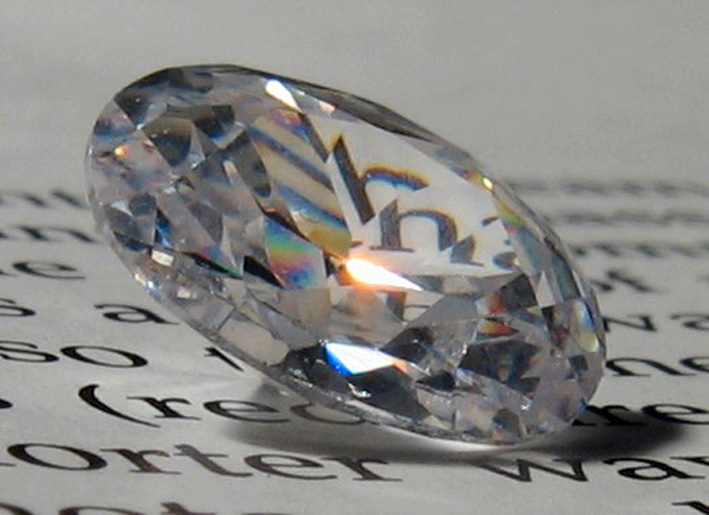
Test number 5: let him swim
If you can disassemble the diamond, try putting it in a glass full of water: it will go to the bottom immediately, because it has a higher density. On the contrary, a fake diamond most of the time tends to float, because it does not have the same specific weight as the real diamond. It is an easy but effective method. Good luck.
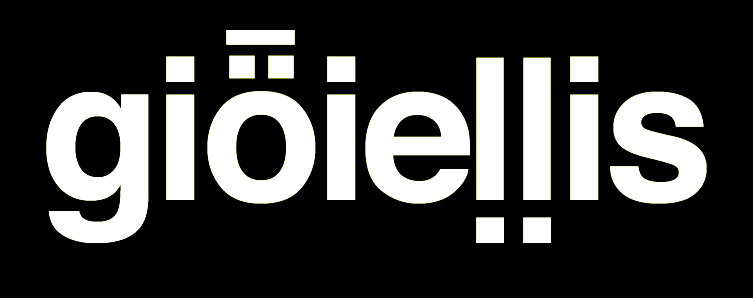
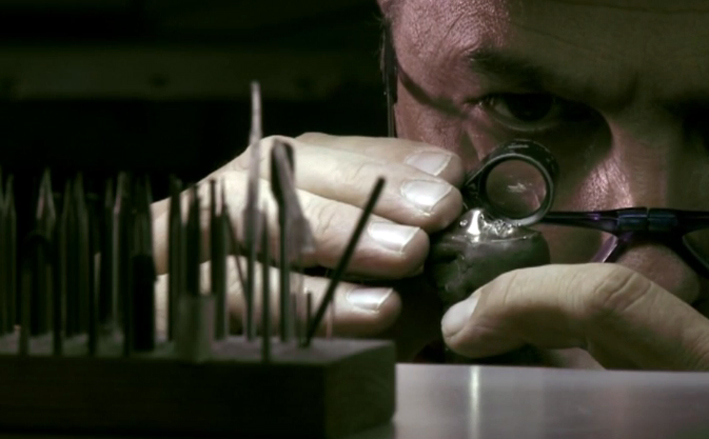

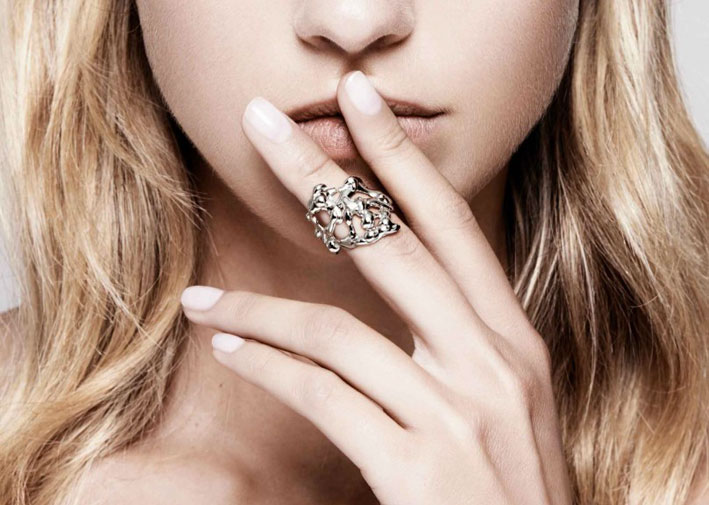
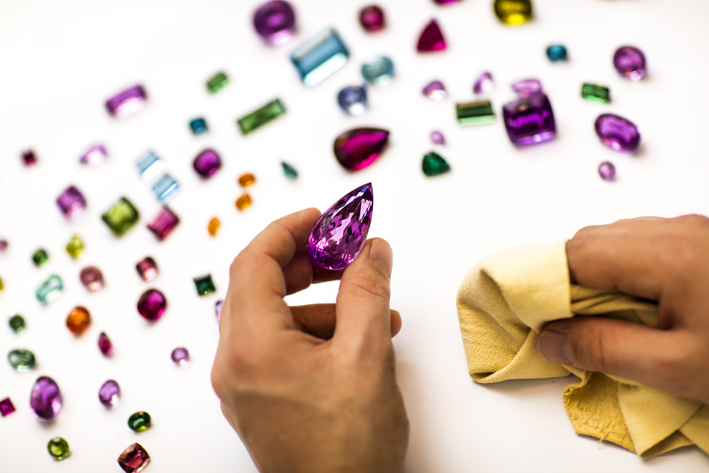
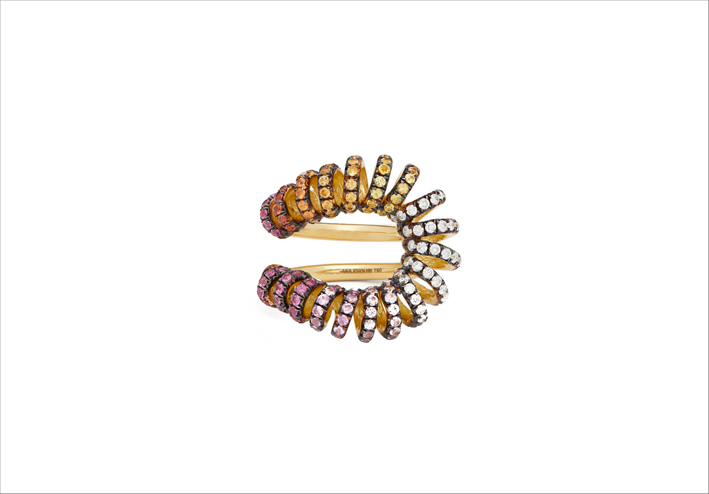
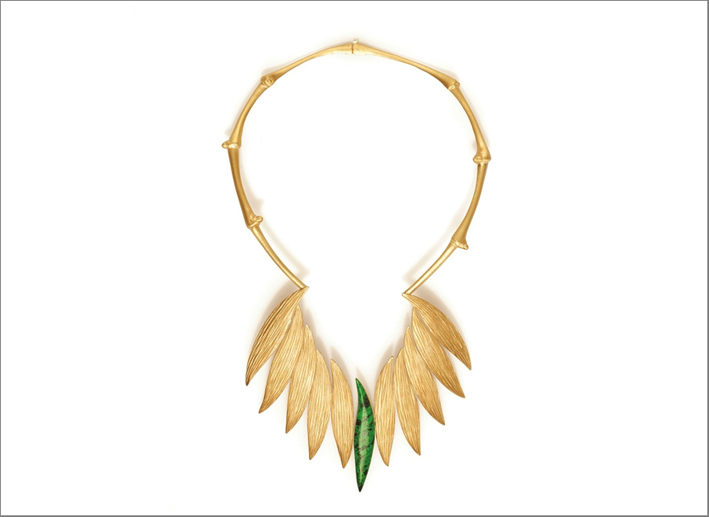

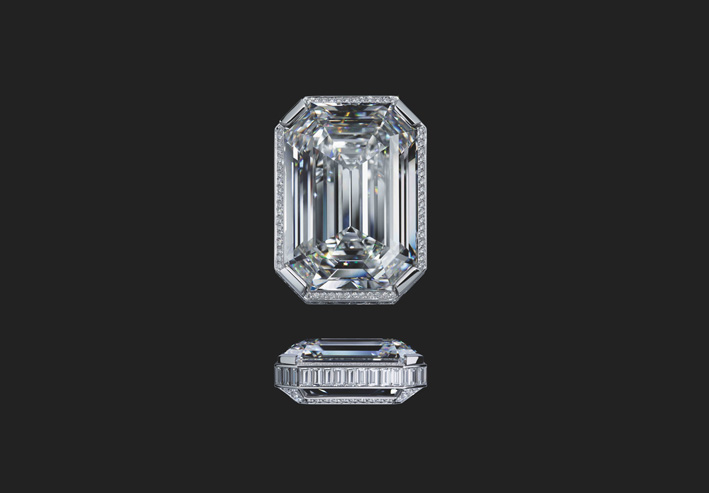
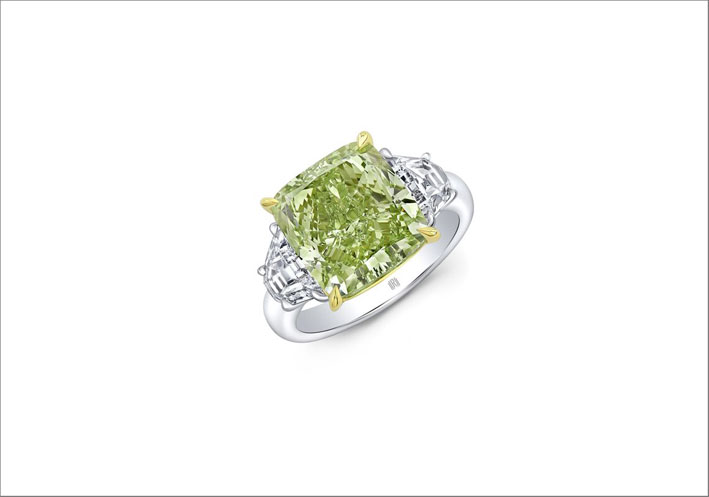
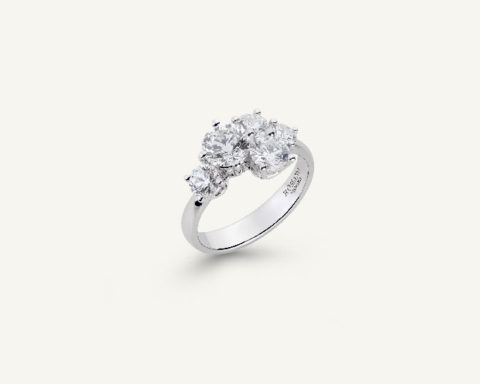
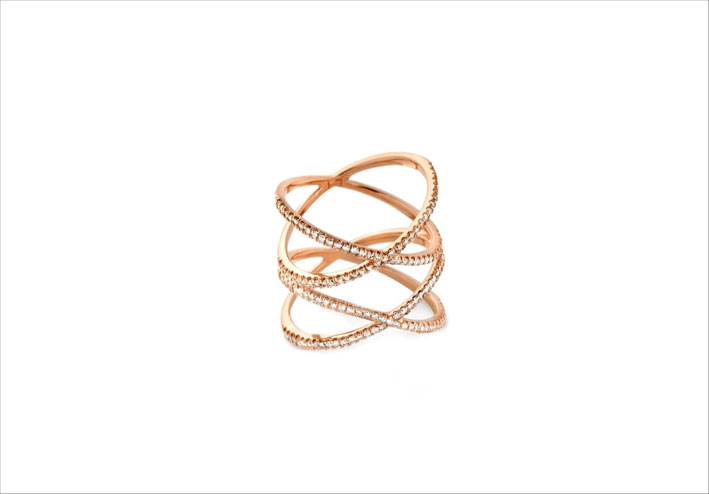
Es increíble no encontrar pruebas con diamante en bruto, todo el contenido de las pruebas es solo para diamantes en productos ya sofisticados como anillos, aros, pulseras etc. de esta forma una persona común y corriente jamás podrá verificar su lo que ha encontrado en el río es verdadera joya o no.